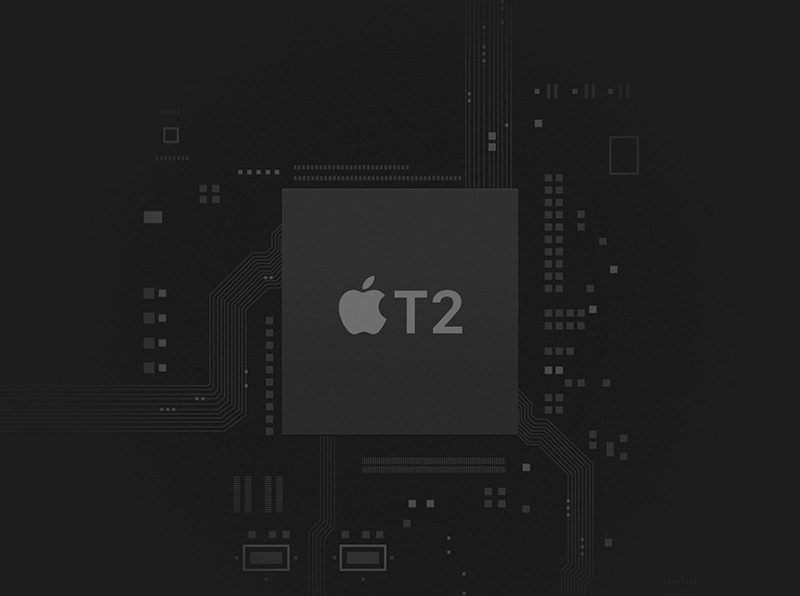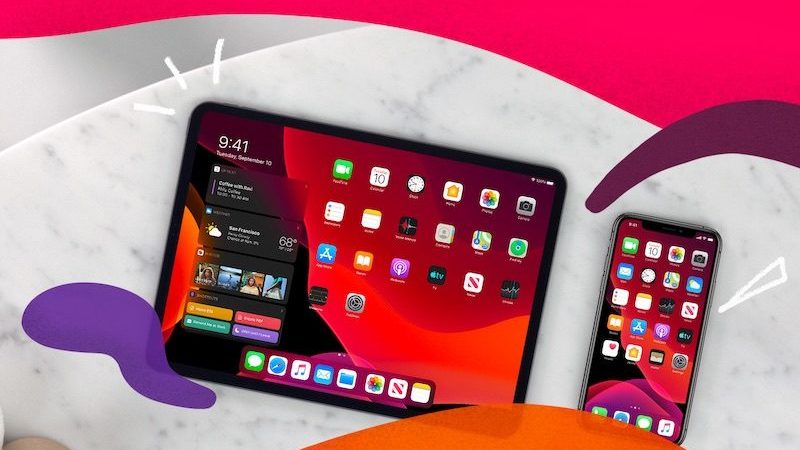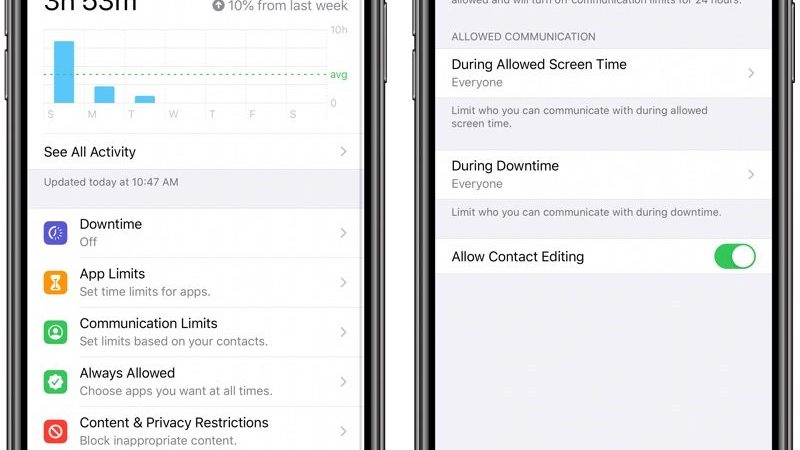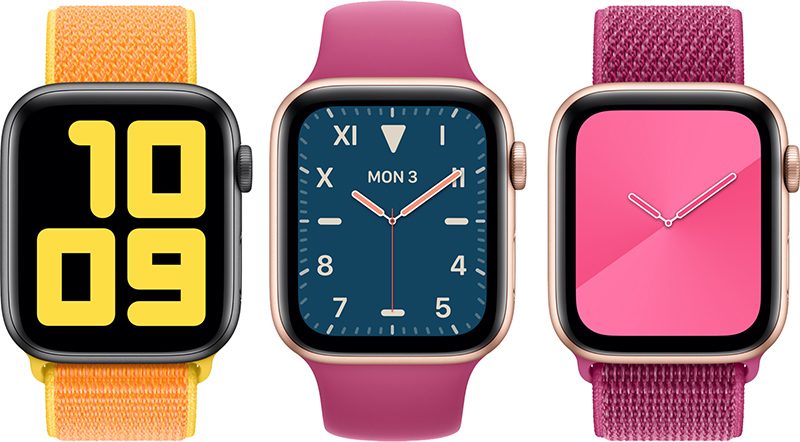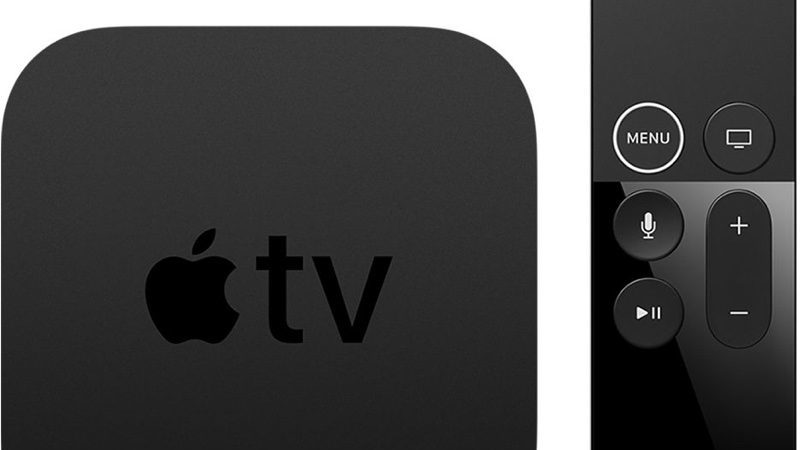The FCC filing means T-Mobile and Sprint will be allowed to join together as “New T-Mobile” to become a dominant third carrier in the United States alongside Verizon and AT&T. The Department of Justice approved the merger in July.
The finalized order came after a 3-2 vote along partisan lines, with both Democrats against it. FCC boss Ajit Pai said in a statement that the merger would be good for consumers and the U.S. as a whole:
“It would bring the benefits of the next generation of wireless technology to American consumers and advance American leadership in 5G. It would help millions in rural America benefit from high-speed 5G mobile broadband service… and it would promote competition.”
However, FCC Commissioner Jessica Rosenworcel was one of the dissenting voices, and argued that the consolidation of the two companies would likely follow the same path as previous mergers, leading to higher prices and poorer service for the majority of customers:
“We’ve all seen what happens when market concentration increases following a merger. A condensed airline industry brought us baggage fees and smaller seats, even as the price of fuel fell. A condensed pharmaceutical industry has led to a handful of drug companies raising the prices of lifesaving medications, taking advantage of those struggling with illness. There’s no reason to think the mobile-phone industry will be different.”
Together, the two companies have committed to building out a nationwide 5G network covering 97 percent of the U.S. population within three years and 99 percent within six years. T-Mobile and Sprint have also promised that they will not raise prices for three years following the completion of the merger.
In an attempt to ensure a competitive wireless carrier market, the FFC also wants to see Dish become the fourth nationwide facilities-based wireless carrier in the United States. Dish has announced that it plans to deploy a 5G broadband network capable of serving 70 percent of the U.S. population by June 2023.
A number of states have filed an antitrust lawsuit in U.S. federal court to block the proposed transaction, arguing that the merger is not in the public interest, just like AT&T’s attempted acquisition of T-Mobile in 2011 and the attempted merger between Sprint and T-Mobile in 2014, both of which regulators blocked. The lawsuit filed by the bipartisan coalition of more than a dozen state attorneys general remains on the docket and must be resolved before the merger can go forward.
T-Mobile and Sprint anticipate that the merger will be permitted to close by the end of the year. If it does go ahead, it will combine two of the four major wireless carriers in the United States, giving the new company nearly 100 million customers.
This article, “FCC Formally Approves Merger of T-Mobile and Sprint” first appeared on MacRumors.com
Discuss this article in our forums
Powered by WPeMatico







